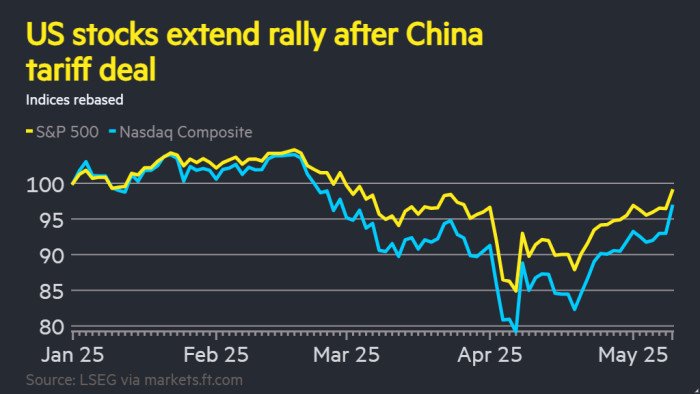(MENAFN) On Monday, the central parity rate of the Chinese currency, the renminbi, also known as the yuan, recorded a weakening of 20 pips, settling at 7.1335 against the U.S. dollar. This adjustment was announced by the China Foreign Exchange Trade System, which is responsible for determining the central parity rate.
This rate is a critical benchmark in the foreign exchange market, as it establishes the official value of the yuan in relation to the dollar at the start of each trading day. The calculation of this central parity rate is based on a weighted average of the prices offered by market makers prior to the opening of the interbank market each business day, ensuring that it reflects a comprehensive and balanced view of prevailing market conditions.
In the context of China’s spot foreign exchange market, the yuan is permitted to fluctuate within a band of 2 percent above or below the central parity rate each trading day. This 2 percent fluctuation range provides a controlled mechanism that allows for some degree of variability in the currency’s value. It reflects the day-to-day dynamics of the market while maintaining a framework within which the currency can operate.
These fluctuations are influenced by a variety of factors, including economic indicators, market sentiment, and global financial trends. The central parity rate thus serves as a reference point, around which the yuan’s value can adjust, allowing for both stability and flexibility in response to changing market conditions.
On Monday, the central parity rate of the Chinese currency, the renminbi, also known as the yuan, recorded a weakening of 20 pips, settling at 7.1335 against the U.S. dollar. This adjustment was announced by the China Foreign Exchange Trade System, which is responsible for determining the central parity rate.
This rate is a critical benchmark in the foreign exchange market, as it establishes the official value of the yuan in relation to the dollar at the start of each trading day. The calculation of this central parity rate is based on a weighted average of the prices offered by market makers prior to the opening of the interbank market each business day, ensuring that it reflects a comprehensive and balanced view of prevailing market conditions.
In the context of China’s spot foreign exchange market, the yuan is permitted to fluctuate within a band of 2 percent above or below the central parity rate each trading day. This 2 percent fluctuation range provides a controlled mechanism that allows for some degree of variability in the currency’s value. It reflects the day-to-day dynamics of the market while maintaining a framework within which the currency can operate.
These fluctuations are influenced by a variety of factors, including economic indicators, market sentiment, and global financial trends. The central parity rate thus serves as a reference point, around which the yuan’s value can adjust, allowing for both stability and flexibility in response to changing market conditions.
MENAFN22072024000045015839ID1108465933
Legal Disclaimer:
MENAFN provides the information “as is” without warranty of any kind. We do not accept any responsibility or liability for the accuracy, content, images, videos, licenses, completeness, legality, or reliability of the information contained in this article. If you have any complaints or copyright issues related to this article, kindly contact the provider above.







